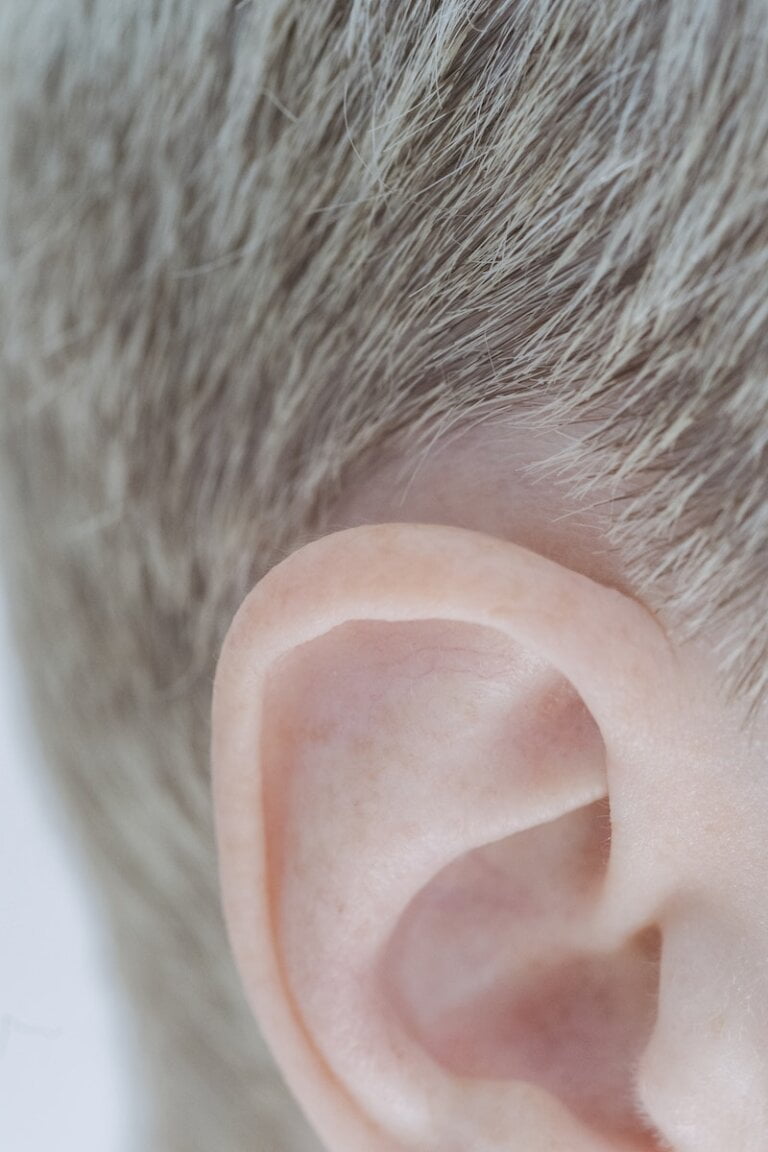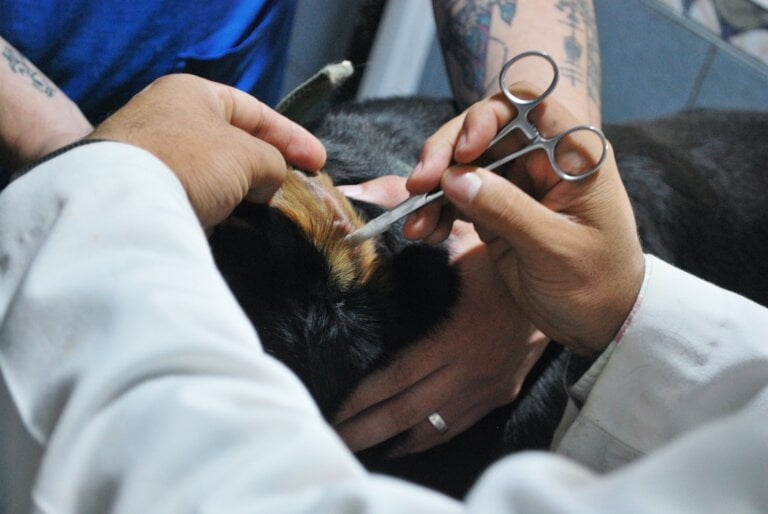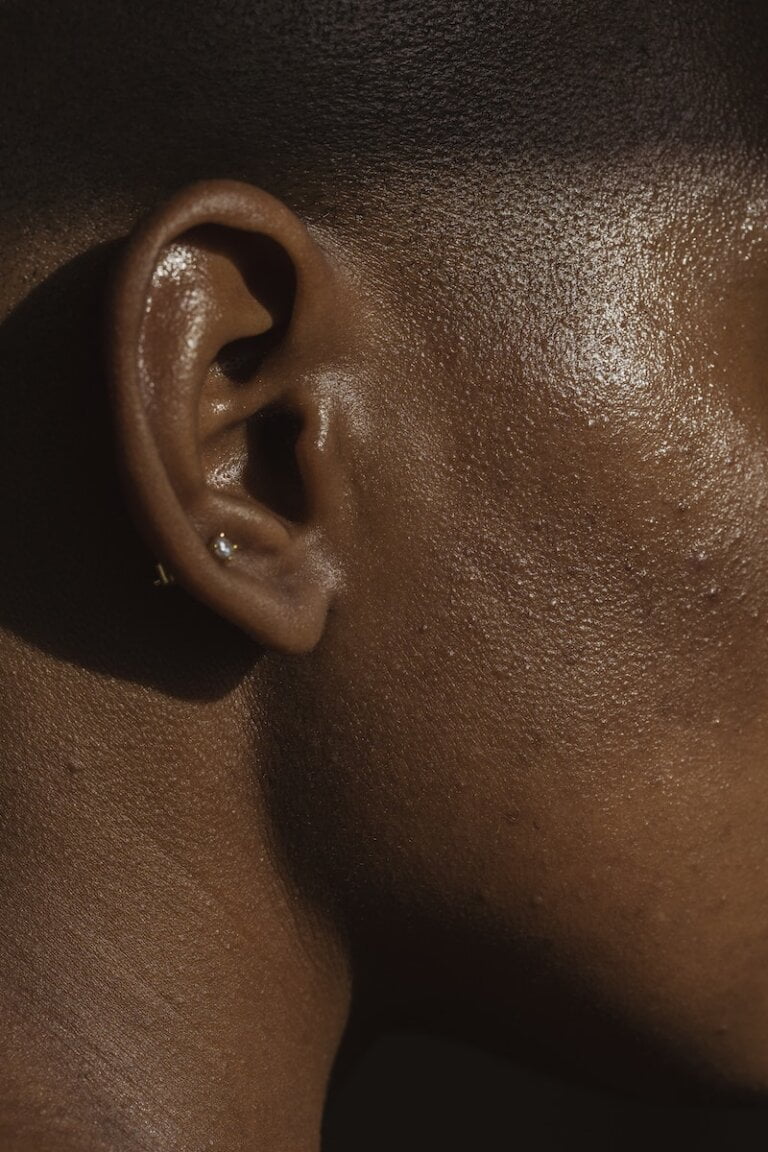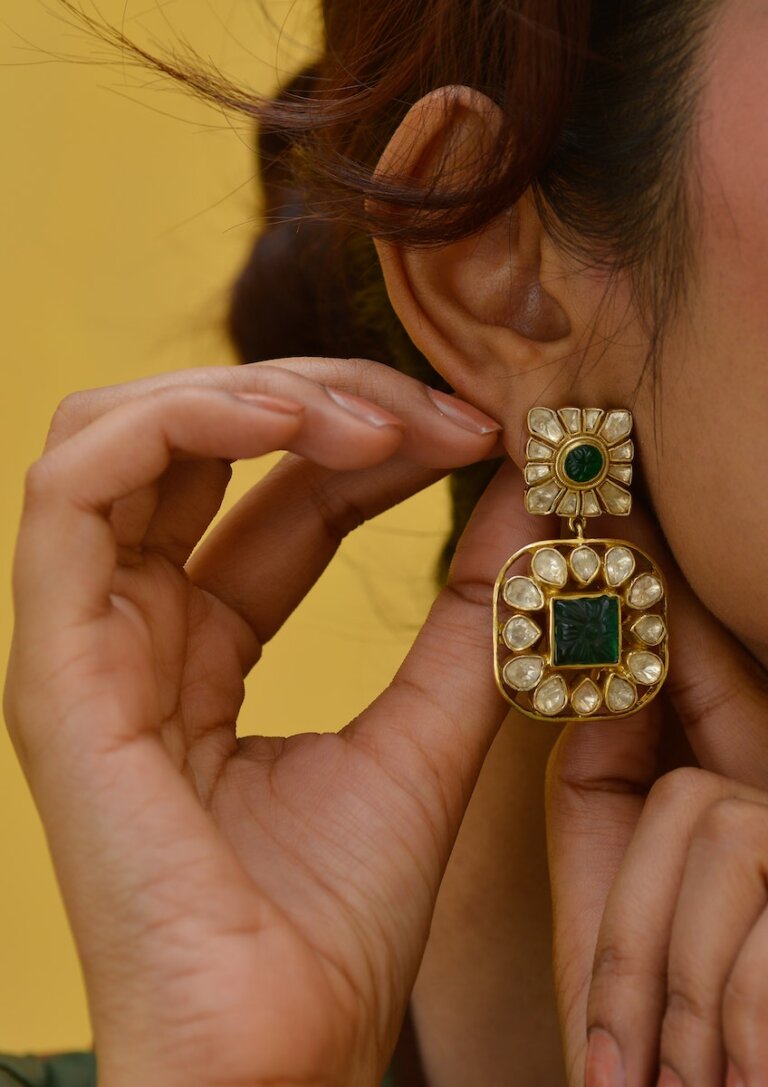Comparing Manual Instrument Ear Wax Removal and Microsuction
Earwax, or cerumen, is a natural substance produced by our bodies to protect the delicate structures of the ear canal. However, excessive buildup of earwax can lead to discomfort, hearing loss, and even ear infections. To address this issue, there are two common methods used for earwax removal: manual instrument ear wax removal and microsuction. In this article, we will compare these two techniques and discuss their differences, benefits, and potential risks.
Manual Instrument Ear Wax Removal
Manual instrument ear wax removal is a traditional method performed by healthcare professionals, such as doctors or audiologists, that involves the use of various tools to physically remove the earwax from the ear canal. Here are some key points to consider about manual instrument ear wax removal:
- Procedure: During manual instrument ear wax removal, the healthcare professional carefully inserts a slender instrument, such as a curette or forceps, into the ear canal to gently scrape or scoop out the earwax. They may also use an otoscope, a magnifying device, to visualize the ear canal during the procedure.
- Effectiveness: Manual instrument ear wax removal can be highly effective in removing stubborn or impacted earwax. It allows for precise control and can target specific areas where the buildup is more prominent. The healthcare professional can manipulate the tools to remove the wax effectively.
- Discomfort: Some patients may experience mild discomfort or pressure during the procedure, especially if the earwax is particularly hard or impacted. However, it is generally well-tolerated and does not cause significant pain. The healthcare professional takes precautions to minimize discomfort during the procedure.
- Safety: When performed by a trained professional, manual instrument ear wax removal is considered safe. However, there is a slight risk of injury if excessive force is applied or if the instrument is not used correctly. The healthcare professional ensures proper technique and takes necessary precautions to prevent any harm.
Manual instrument ear wax removal provides an established method for removing earwax that has been used for many years. The procedure allows for precise manipulation of tools to effectively remove stubborn or impacted wax. However, it is important to have the procedure performed by a trained professional to ensure safety and minimize the risk of injury.
Microsuction
Microsuction is a more modern and advanced method of earwax removal that utilizes a specialized suction device. This technique is increasingly popular due to its effectiveness and gentle nature. Let’s explore the key aspects of microsuction:
- Procedure: Microsuction involves using a small handheld suction device equipped with a microscopic camera to gently suction out the earwax. The healthcare professional uses the camera to monitor the procedure and ensure safe and precise removal. The camera provides real-time visualization, allowing the professional to accurately target problematic areas.
- Effectiveness: Microsuction is highly effective in removing earwax, even in cases where the wax is impacted or hard. The suction device can remove both dry and wet earwax with ease, making it suitable for a wide range of patients. The powerful suction capabilities of the device help ensure thorough removal of the wax.
- Comfort: Compared to manual instrument ear wax removal, microsuction is generally more comfortable for patients. Patients often describe it as a sensation of gentle suction, without any scraping or prodding sensations in the ear canal. This can be particularly beneficial for individuals who may be sensitive or apprehensive about traditional methods.
- Safety: Microsuction is considered a safe procedure when performed by a trained professional. The use of a camera allows for better visualization and reduces the risk of accidental injury to the ear canal or eardrum. The professional can monitor the procedure in real-time, ensuring safety and minimizing the chances of complications.
Microsuction offers a modern and gentle alternative for earwax removal. The procedure utilizes a suction device equipped with a microscopic camera, providing better visualization and enhanced safety. The powerful suction capabilities of microsuction make it effective in removing earwax, including stubborn or impacted wax, while ensuring patient comfort.
Comparing the Two Techniques
Both manual instrument ear wax removal and microsuction have their advantages and considerations. Let’s compare these two techniques to help you make an informed decision:
- Precision and Control: Manual instrument ear wax removal offers precise control as the healthcare professional can directly manipulate the tools. They can scrape or scoop out the wax with precision. On the other hand, microsuction provides better visualization through the camera, allowing for precise targeting of problematic areas. The professional can monitor the procedure in real-time, ensuring thorough removal of the wax.
- Effectiveness: Both techniques are generally effective in removing earwax. However, microsuction may have an edge when dealing with impacted or hard wax due to the powerful suction capabilities of the device. It can effectively remove both dry and wet wax, making it suitable for a wide range of patients.
- Comfort: Microsuction is often more comfortable for patients as it does not involve any scraping or probing sensations. Patients often describe it as a sensation of gentle suction, which can be less intimidating or uncomfortable compared to traditional methods. However, individual comfort levels may vary, and some patients may still prefer the traditional method.
- Safety: Both techniques are safe when performed by trained professionals. However, microsuction’s use of a camera enhances safety by providing real-time visualization of the procedure. The professional can monitor the ear canal and eardrum, reducing the risk of accidental injury.
It is important to note that not everyone is a suitable candidate for both techniques. Factors such as the condition of the ear canal, the presence of ear infections or perforations, and individual preferences play a role in determining the most appropriate method for earwax removal. It is recommended to consult with a healthcare professional to assess your specific situation and receive personalized advice.
In conclusion, manual instrument ear wax removal and microsuction are both effective methods for earwax removal. While manual instrument ear wax removal offers precision and control, microsuction provides enhanced comfort and safety through its advanced technology. Ultimately, the choice between these techniques depends on individual circumstances and preferences. Seeking professional guidance is crucial to ensure safe and successful earwax removal.
FAQ
Q: What is manual instrument ear wax removal?
A: Manual instrument ear wax removal is a traditional method performed by healthcare professionals using tools like curettes or forceps to physically remove earwax from the ear canal.
Q: Is manual instrument ear wax removal effective?
A: Yes, manual instrument ear wax removal can be highly effective in removing stubborn or impacted earwax, allowing for precise control and targeting of specific areas.
Q: Does manual instrument ear wax removal cause discomfort?
A: Some patients may experience mild discomfort or pressure during the procedure, especially if the earwax is hard or impacted. However, it is generally well-tolerated and does not cause significant pain.
Q: Is manual instrument ear wax removal safe?
A: When performed by a trained professional, manual instrument ear wax removal is considered safe. However, there is a slight risk of injury if excessive force is applied or if the instrument is not used correctly. The healthcare professional takes necessary precautions to prevent any harm.







